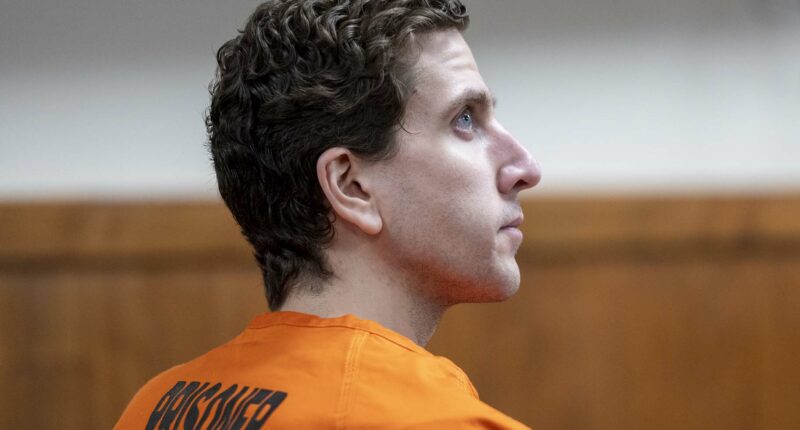Share this @internewscast.com
Bryan Kohberger, who is currently serving multiple life sentences for the murder of four University of Idaho students, is incarcerated in a high-security prison surrounded by razor wire.
This is a characteristic of the Idaho Maximum Security Institution, situated roughly 20 miles from Boise, Idaho, where Kohberger is imprisoned.
The institution, named as one of the “15 Worst Prisons in America” by a security industry publication, became Kohberger’s residence after he was sentenced on July 23 to four life terms for the brutal killings in 2022 of University of Idaho students Ethan Chapin, Kaylee Goncalves, Xana Kernodle, and Madison Mogen.
To find out what’s in store behind bars for the 30-year-old former doctoral student who struck a plea deal to avoid the death penalty, read on.
Where is Bryan Kohberger now?
Kohberger is currently behind bars at the Idaho Maximum Security Institution. The Idaho Department of Correction told reported.
What is Bryan Kohberger’s prison like?
The Idaho Maximum Security Institution is designed for extremely violent offenders. According to its website, it is “Idaho’s most secure correctional facility, developed to contain the most dangerous and disruptive inmates.”
This prison in Kuna, Idaho, can hold up to 535 inmates. It is a daunting environment, secured by a double-perimeter fence topped with razor wire and an electronic detection system.
The institution features different levels of housing, including “close custody,” the most restrictive, where inmates are confined to their cells for 23 hours daily and must wear restraints when they are moved, as 6ABC reported. The facility also offers “protective custody” for inmates who feel they are in danger within its walls.
Conditions at the Idaho Maximum Securty InstItution are so severe that in 2024, it was ranked among the “15 Worst Prisons in America” by Security Journal Americas, which covers the security industry.
The Journal referenced overcrowding and “numerous reports of inmate-on-inmate violence, as well as allegations of excessive force by correctional officers.” Also cited were “severe conditions and strict security measures,” and the “common” use of “solitary confinement lockdowns.”
Also, “The prison has faced criticism for its harsh treatment of inmates and inadequate mental health care,” Security Journal Americas added.




